Lucuma - properties, nutritional values and uses
min. reading
What is lucuma? Lucuma is a sweet subtropical fruit native to South America. It is used to make cakes, desserts, ice cream and dairy products. The lucuma fruit grows on an evergreen tree that yields year-round – in the form of oval-shaped fruit with a green-brown skin and yellow interior. The ripe fruits fall to the ground – but are not immediately edible. They should be stored in a dark room until softened before hitting the plate [1].
Table of Contents
Peru’s superfood – inca gold
The lucuma fruit can be eaten raw only in the area where it is found. For the rest of the world, it is exported in powdered form, so it retains its full flavor and nutritional value. The Peruvian superfood otherwise known as inca gold was once a staple in the menus of the Peruvian Andean people. Lucuma in ancient times was considered the fruit of fertility and creation.
Bio lucuma from Biowen is an organic product, which proves its superior quality. In addition, it is a product free of herbicide, pesticide and heavy metal contamination. Bio powdered lucuma is a wealth of flavor, antioxidant components, vitamins and minerals enclosed in a glass jar [2].
The average person’s daily diet is unfortunately often rich in sugar, which negatively affects the functioning of the body. Lucuma can serve as a healthier substitute for sugar. In addition to its lower glycemic index, it also contains beneficial vitamins and minerals.
Lucuma as a sugar substitute in the diet of diabetics
Lucuma powder often serves as a healthier substitute for sugar. It has a lower glycemic index than standard white and cane sugar. Lucuma has a low glycemic index, so it will not significantly raise blood glucose levels after a meal. It will therefore be suitable as a healthier addition to cakes, cookies and ice cream. Lucuma will be an ideal addition to the diet of people with carbohydrate imbalance. The diet of a large part of the population is rich in carbohydrates with a high glycemic index, which, unfortunately, as a consequence, often ends in insulin resistance or diabetes. It is therefore worthwhile to diversify the daily diet with products such as lucuma.
Nutritional value of lucuma
Bio powdered lucuma has about 320 calories. This is mainly due to carbohydrates, as there are 61 grams of them. However, despite such a carbohydrate content, lucuma also contains a significant amount of dietary fiber – a prebiotic, which is essential for proper intestinal function. This is because it affects the reduction of intestinal transit time, increases the volume of stool and the frequency of intestinal movements.
Lucuma by Biowen contains only 1.2 grams of fat, making it ideal for people on easy-to-digest and fat-restricted diets. Lucuma powder contains about 5 grams of protein. Daily diet is often deficient in protein – including that of plant origin. It is essential for building processes, the proper functioning of the immune and cardiovascular systems.
Bio lucuma is a rich source of niacin, beta carotene and potassium. Niacin, otherwise known as vitamin B3, is essential for the proper functioning of the nervous system, so it is very important in the diet of people with stressful lifestyles. Niacin also reduces the feeling of fatigue, is involved in energy metabolism, and is necessary for the maintenance of normal skin and mucous membranes. In addition, vitamin B3 is needed for proper mental function [3].
Potassium is a macro-component necessary for the body. It affects the maintenance of normal neuromuscular function and blood pressure. People on reduction diets and with hypertension are particularly vulnerable to its deficiency. Lucuma is therefore a product that should at least once in a while find its way into the diet of most of us [4].
Lucuma in your kitchen. Recipes
Healthy breakfast pancakes
Ingredients:
- ½ cup of kefir,
- 1 medium-sized egg,
- ¾ whole wheat flour,
- 1 teaspoon of baking soda,
- 2 measures of bio lucuma Biowen,
- raisins as desired,
- favorite nuts as desired.
Method of preparation:
- Sift the flour through a strainer into a bowl.
- Add baking soda, lucuma to the bowl and mix.
- To the ingredients in the bowl, we add the egg and kefir. And intensively mix (or blend) until a homogeneous mass is formed.
- We add nuts and raisins.
- We heat up a frying pan and grease it with a small amount of olive oil or oil.
- Pour small pancakes onto the heated pan. Fry on both sides until browned.
- The finished pancakes can be sprinkled with lucuma on top or served with fruit.
Bibliography:
- Masullo M., Cerulli A., Pizza C., Piacente S.: Pouteria lucuma Pulp and Skin: In Depth Chemical Profile and Evaluation of Antioxidant Activity. 2021, 26: 5236. https://www.mdpi.com/1420-3049/26/17/5236
- Guerrero-Castillo P., Reyes S., Robles J., Simirgiotis M. J., Sepulveda B., Feranandez-Burdos R., Areche C.: Biological activity and chemical characterization of Pouteria lucuma seeds: A possible use of an agricultural waste. 2019, 88: 319-327. https://pubmed.ncbi.nlm.nih.gov/31079645/
- Gasperi V., Sibilano M., Savini I., Catani M. V.: Niacin in the Central Nervous System: An Update of Biological Aspects and Clinical Applications. 2019, 20: 974. https://pubmed.ncbi.nlm.nih.gov/30813414/
- Stone M. S., Martyn L., Weaver C. M.: Potassium Intake, Bioavailability, Hypertension, and Glucose Control. 2016, 28: 444. https://pubmed.ncbi.nlm.nih.gov/27455317/

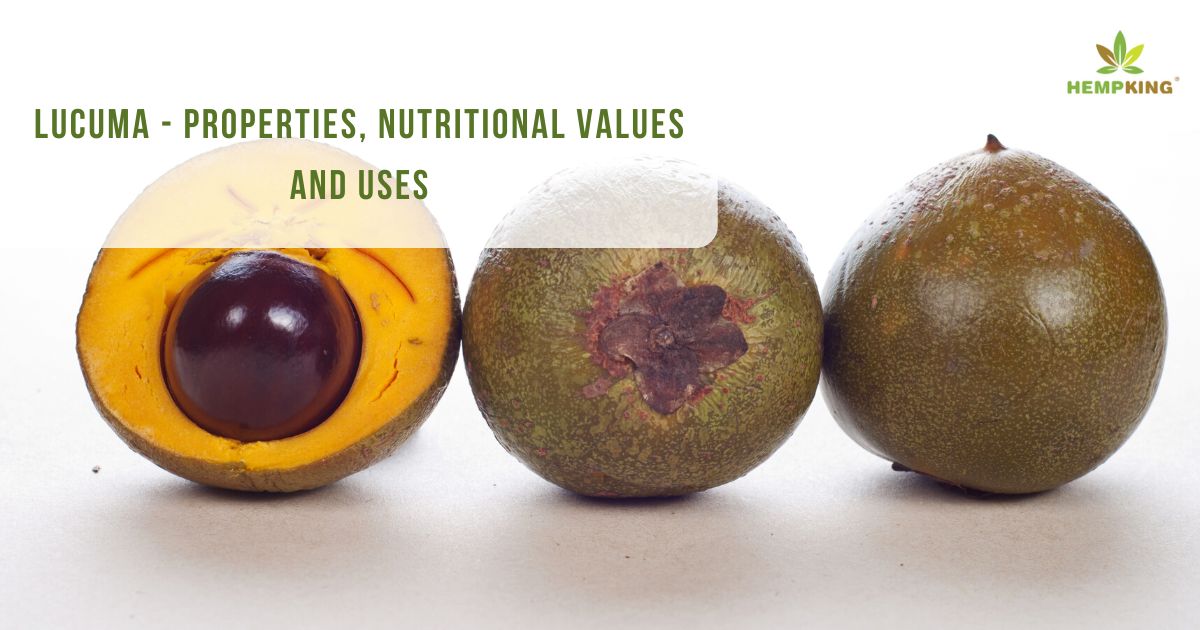


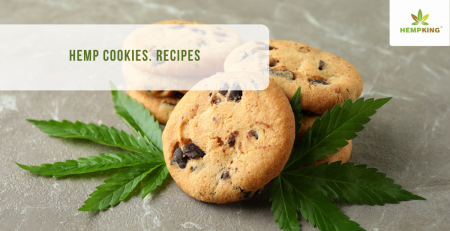





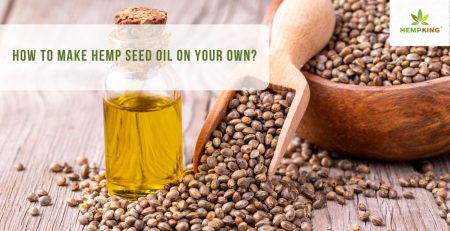
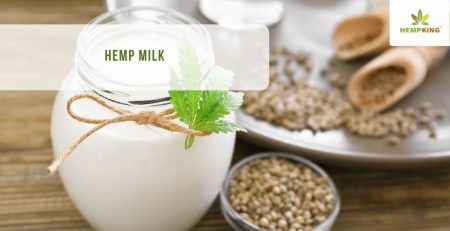

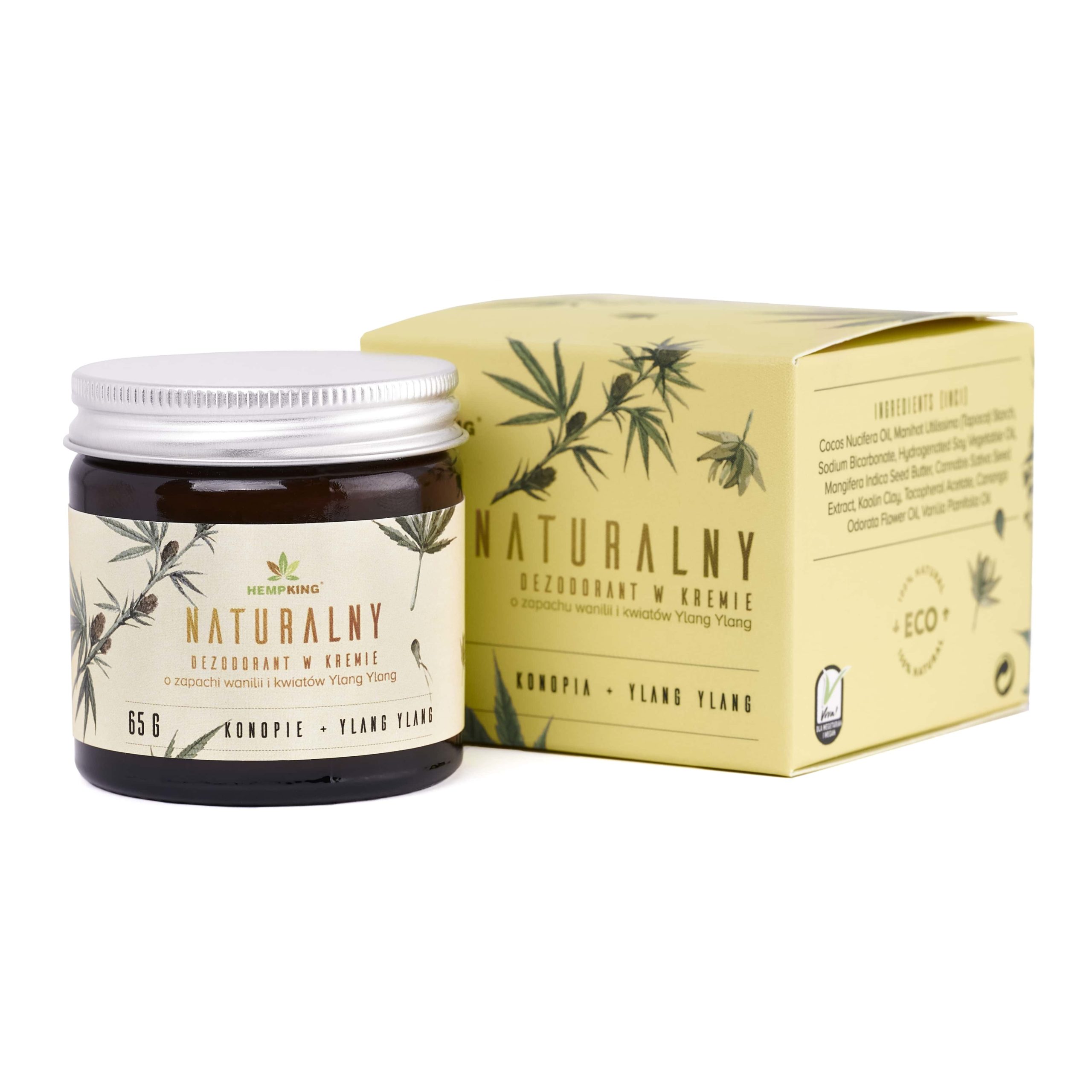
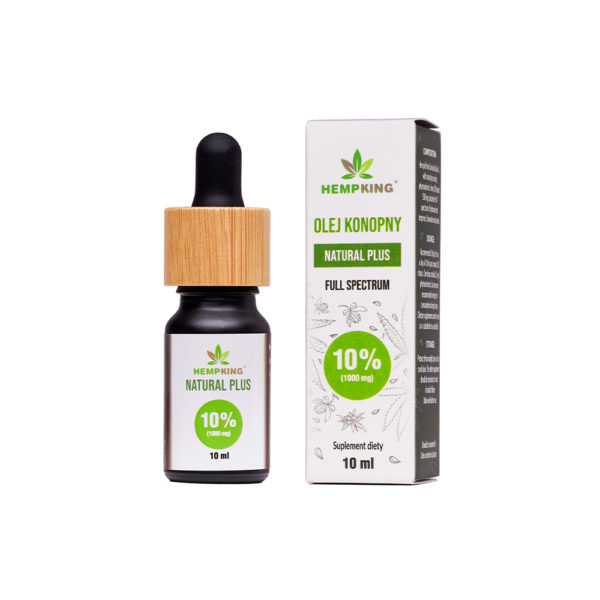
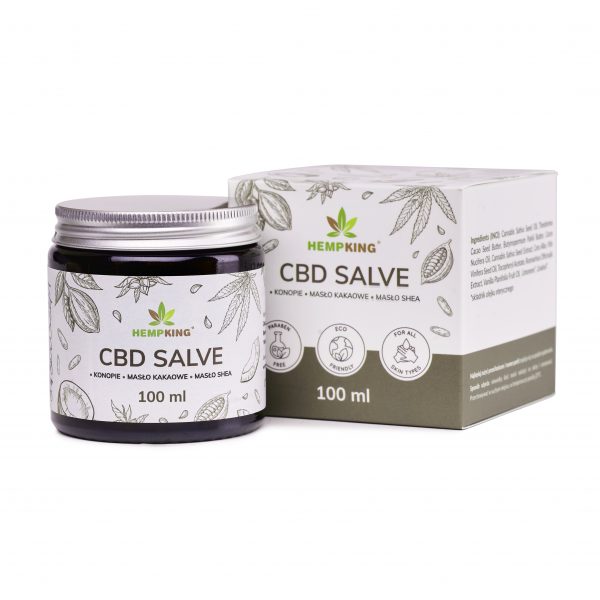
 Facebook
Facebook Instagram
Instagram

Leave a Reply